Design and Technology Subject Leader: Miss J Apsey
For any more information on Horton Kirby’s Design and Technology Curriculum, please contact the office.
Design & Technology prepares pupils to deal with the ever-changing world. We aim to combine practical skills with knowledge and understanding; to provide opportunities for children to develop their capability through a variety of life skills including cooking, nutrition, design and making.
Intent
The Design and technology curriculum aims to inspire pupils to be innovative and creative thinkers who have an appreciation for the product design cycle through ideation, creation, and evaluation. We want pupils to develop the confidence to take risks, through drafting design concepts, modelling and testing and to be reflective learners who evaluate their work and the work of others. Through our scheme of work, we aim to build an awareness of the impact of design and technology on our lives and encourage pupils to become resourceful, enterprising citizens who will have the skills to contribute to future design advancements.
Our Design and technology curriculum enables pupils to meet the end of key stage attainment targets in the National curriculum. EYFS units provide opportunities for pupils to work towards the Development matter statements and the Early Learning Goals. Our DT curriculum inspires pupils to create, experience and participate in great arts and culture.
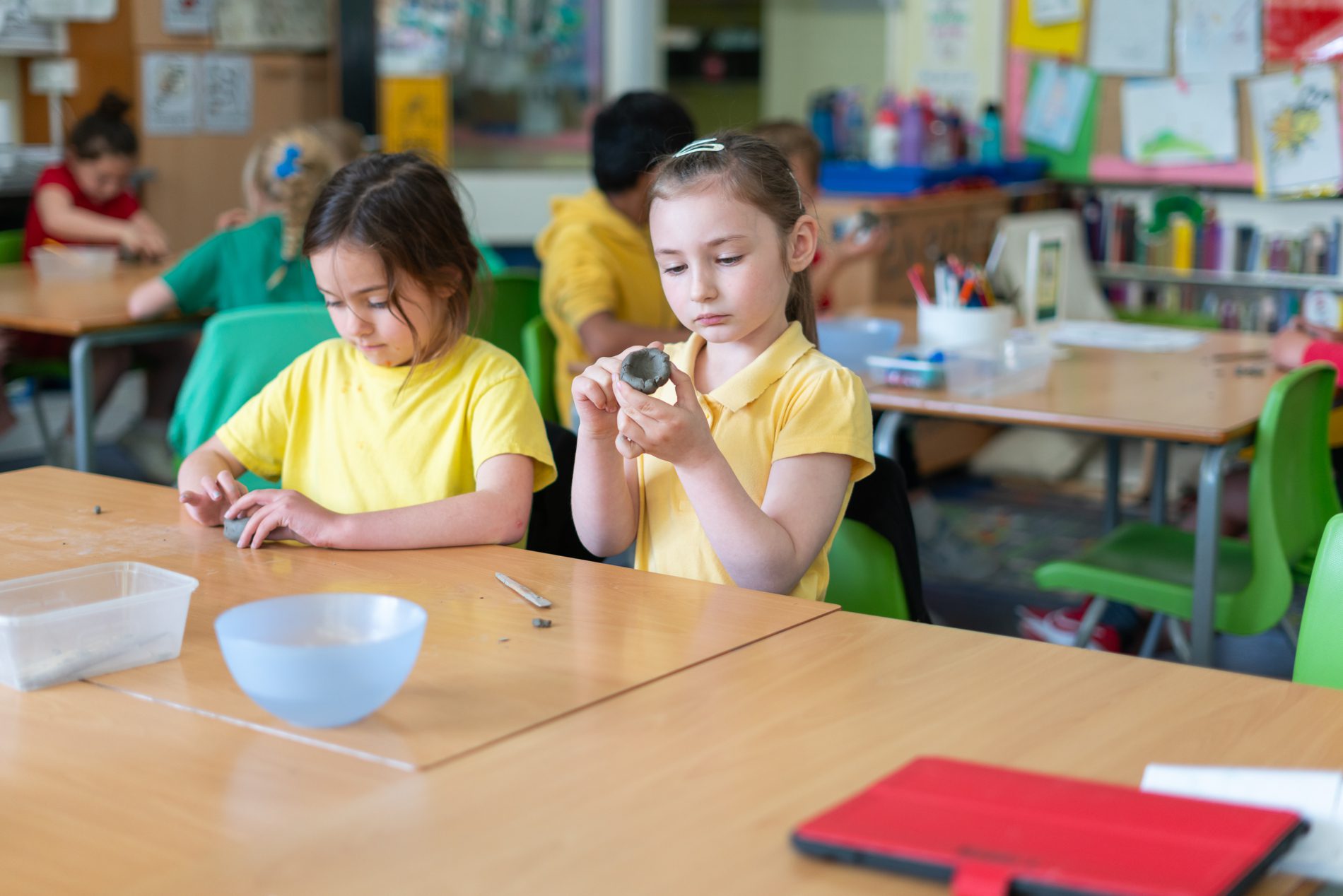
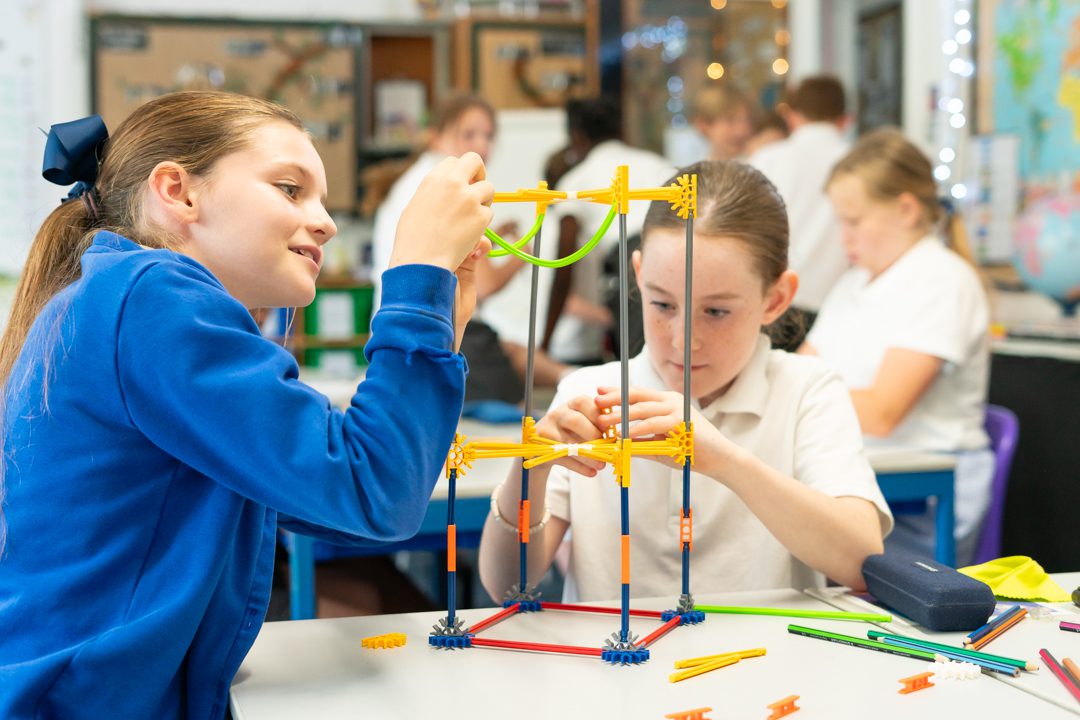
Implementation
The Design and technology National curriculum outlines the three main stages of the design process: design, make and evaluate. Each stage of the design process is underpinned by technical knowledge which encompasses the contextual, historical, and technical understanding required for each strand. Cooking and nutrition has a separate section, with focus on specific principles, skills, and techniques in food, including where food comes from, diet and seasonality.
Our Design and technology strands:
- Design
- Make
- Evaluate
- Technical knowledge
Here are our six key areas that pupils revisit throughout their time at Horton Kirby.
- Cooking and nutrition
- Mechanisms/Mechanical systems
- Structures
- Textiles
- Electrical systems (KS2 only)
- Digital World (KS2 only)
Each of our key areas follow the design process, with them being revisited again and again with increasing complexity, allowing pupils to revisit and build on their previous learning.
Impact
The expected impact of following our Design and technology curriculum is that the children will:
- Understand the functional and aesthetic properties of a range of materials and resources.
- Understand how to use and combine tools to carry out different processes for shaping, decorating, and manufacturing products.
- Build and apply a repertoire of skills, knowledge and understand to produce high quality, innovative outcomes, including models, prototypes, CAD, and products to fulfil the needs of users, clients, and scenarios.
- Understand and apply the principles of healthy eating, diets, and recipes, including key processes, food groups and cooking equipment.
- Have an appreciation for key individuals, inventions, and events in history and of today that impact our world.
- Recognise where our decisions can impact the wider world in terms of community, social and environmental issues.
- Self-evaluate and reflect on learning at different stages and identify areas to improve.
- Meet the end of key stage expectations outlined in the National Curriculum for Design and Technology.
- Meet the end of key stage expectations outlined in the in the National Curriculum for Computing.
After the implementation of the Design and Technology curriculum, pupils should leave school equipped with a range of skills to enable them to succeed in their secondary education and be innovative and resourceful members of society.
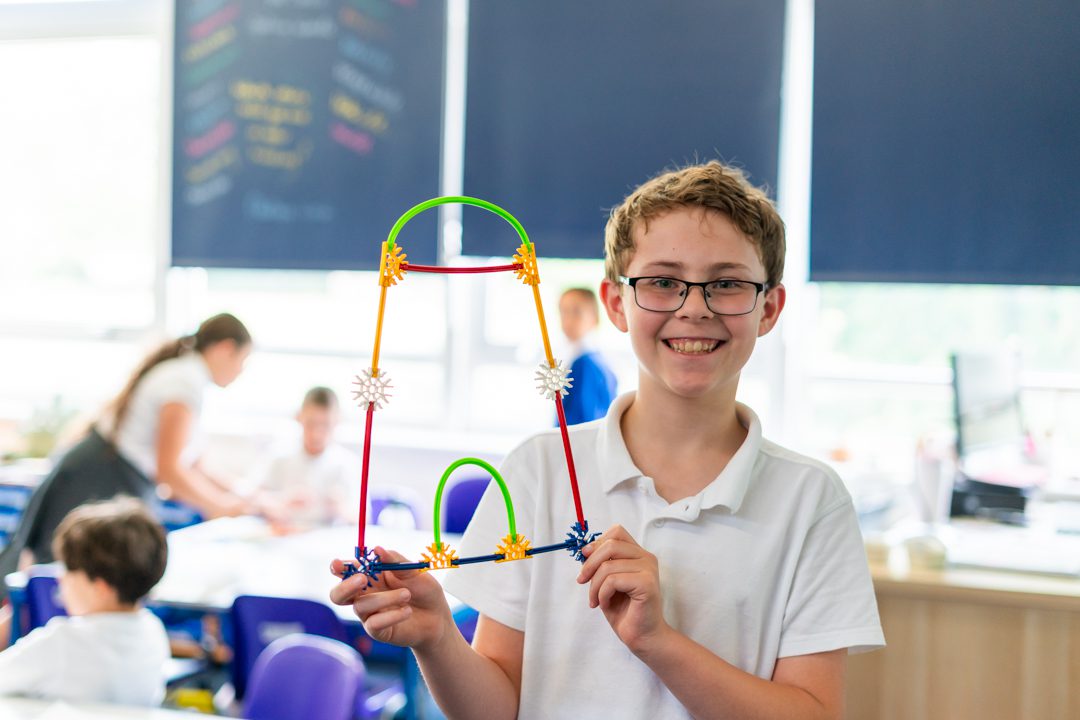
Design and Technology in Each Stage
Within EYFS, children will learn to safely use and explore a variety of materials, tools and techniques, share their creations, explaining the process they have used and make use of props and materials.
Click the link below to view our EYFS long-term plan:
In KS1, pupils learn how to draw on their own experience to generate ideas through discussions, observations, drawings and modellings. Pupils are given the opportunity to work with tools, equipment, materials and food to make quality products.
Click the link below to view our year 1 and year 2 long-term plans:
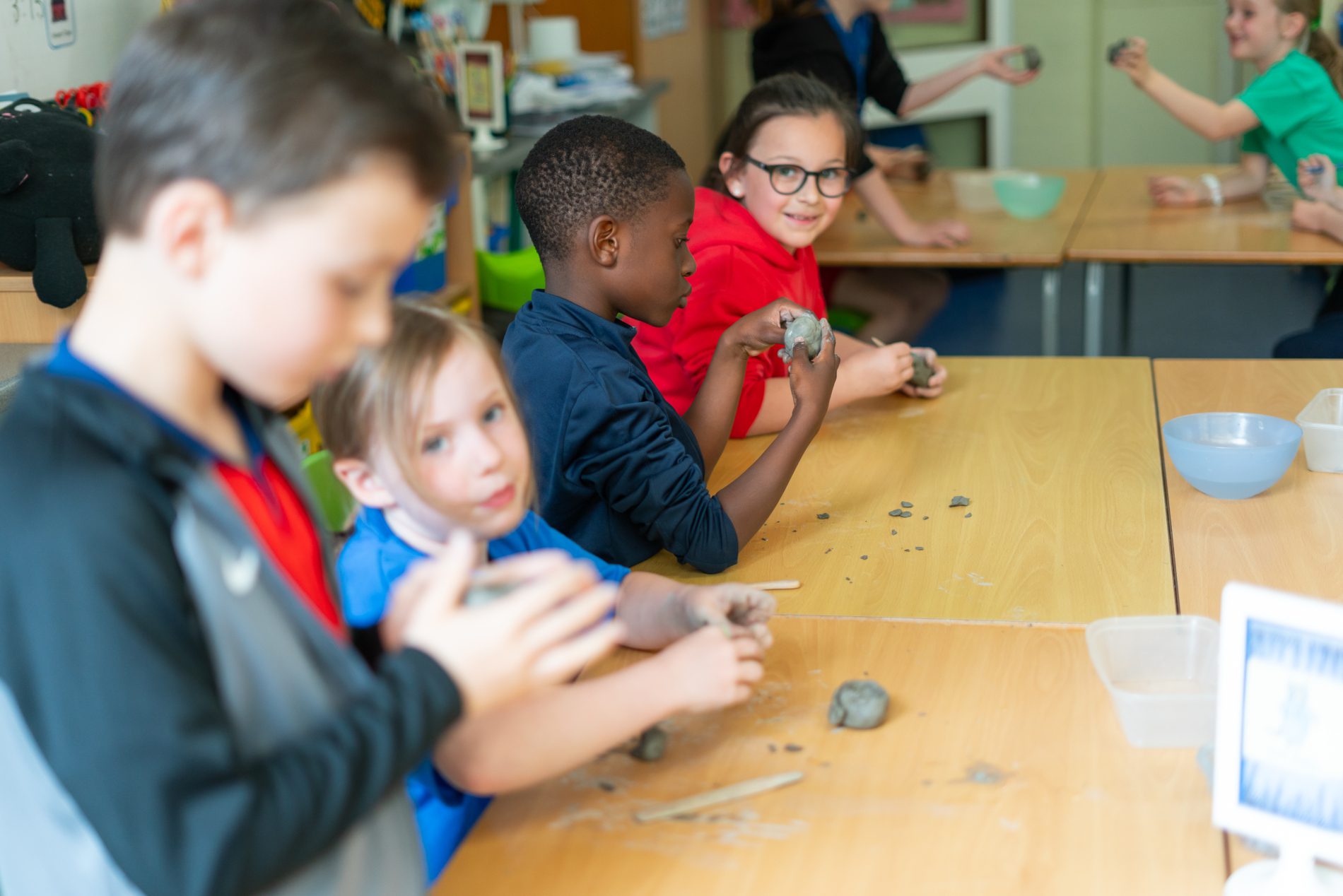
In KS2, pupils develop from their skills learnt in KS1 and enhance and refine their practical skills with advanced resources and components to ensure good-quality finishes to products.
Click the link below to view our year 3 – 4 long-term plan, and year 5 – 6 long-term plan:
Year 3 Curriculum Year Overview
Year 4 Curriculum Year Overview
Year 5 Curriculum Year Overview
Year 6 Curriculum Year Overview
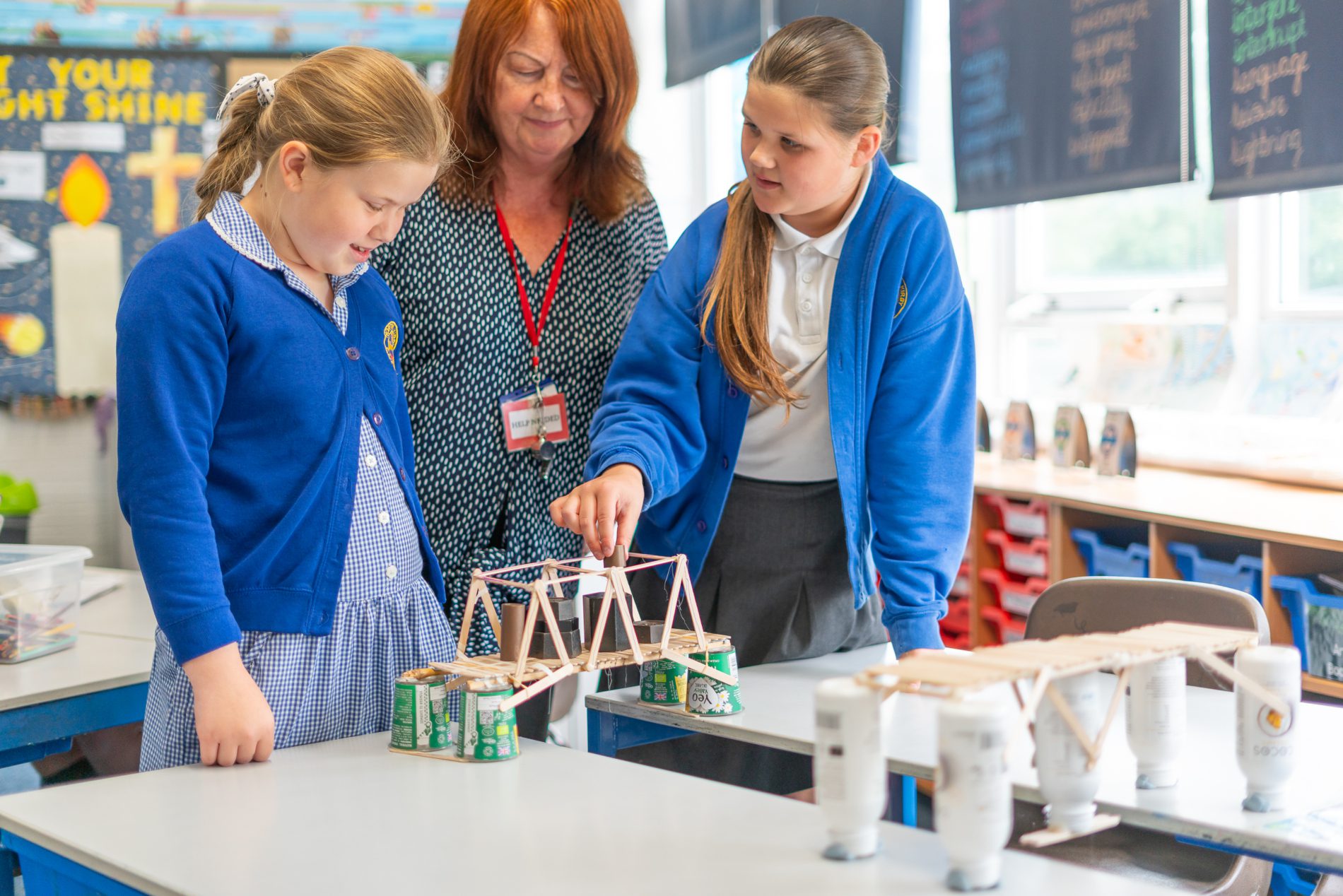
Design and Technology Progression
At Horton Kirby, we develop our pupil’s Design and Technology understanding through essential skills; growing their depth of knowledge year on year.
SEND Information
Our SEND and disadvantaged pupils are given the necessary support in class to fully access the supported DT curriculum. Learning is adapted where necessary to support SEND/EAL pupils to give equal opportunities for all to be confident in approaching any problems faced. Interventions, support and challenges are constantly revised and adapted to ensure all children are supported in achieving learning. The above areas are robustly and continuously monitored to ensure any gaps in learning are addressed.

